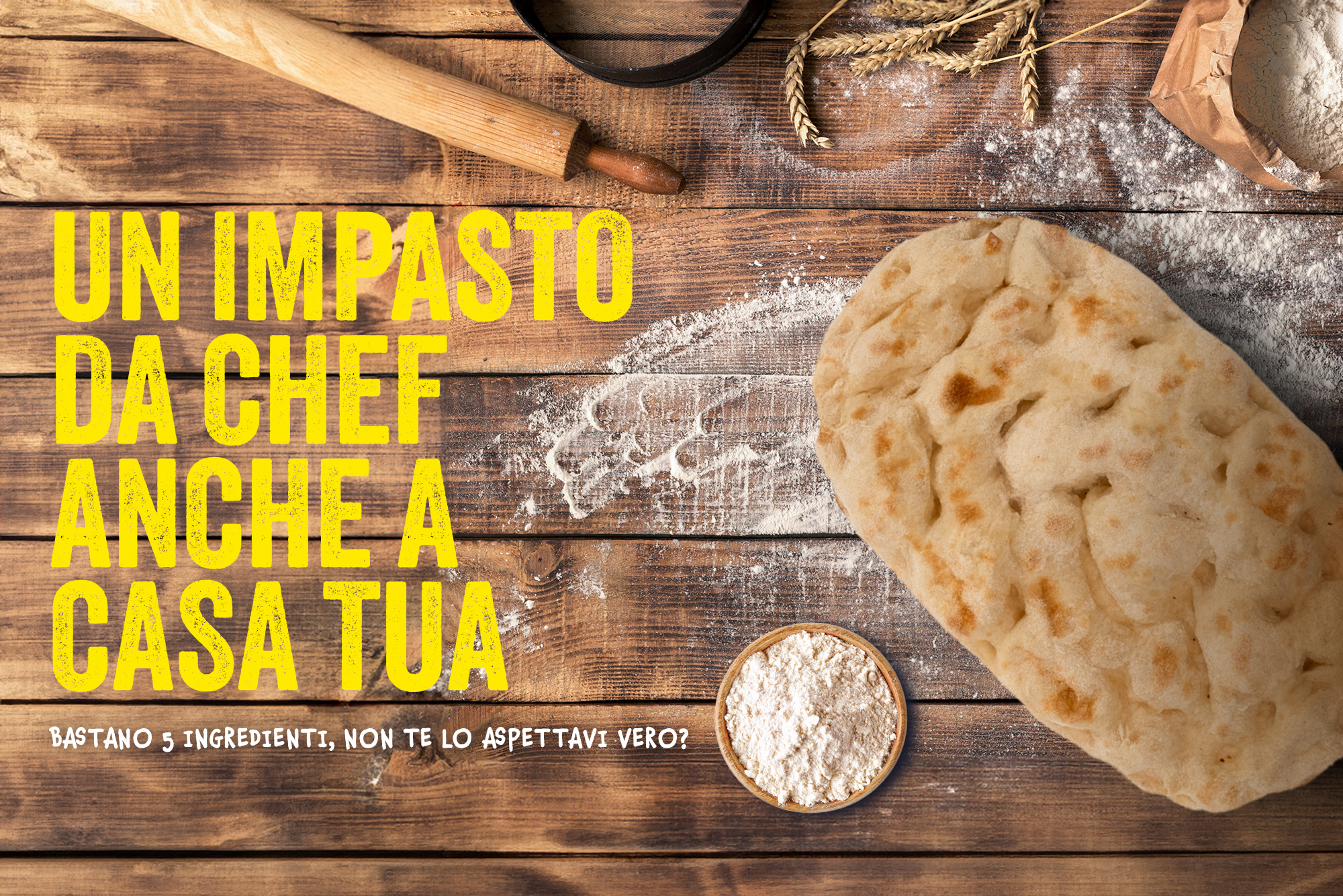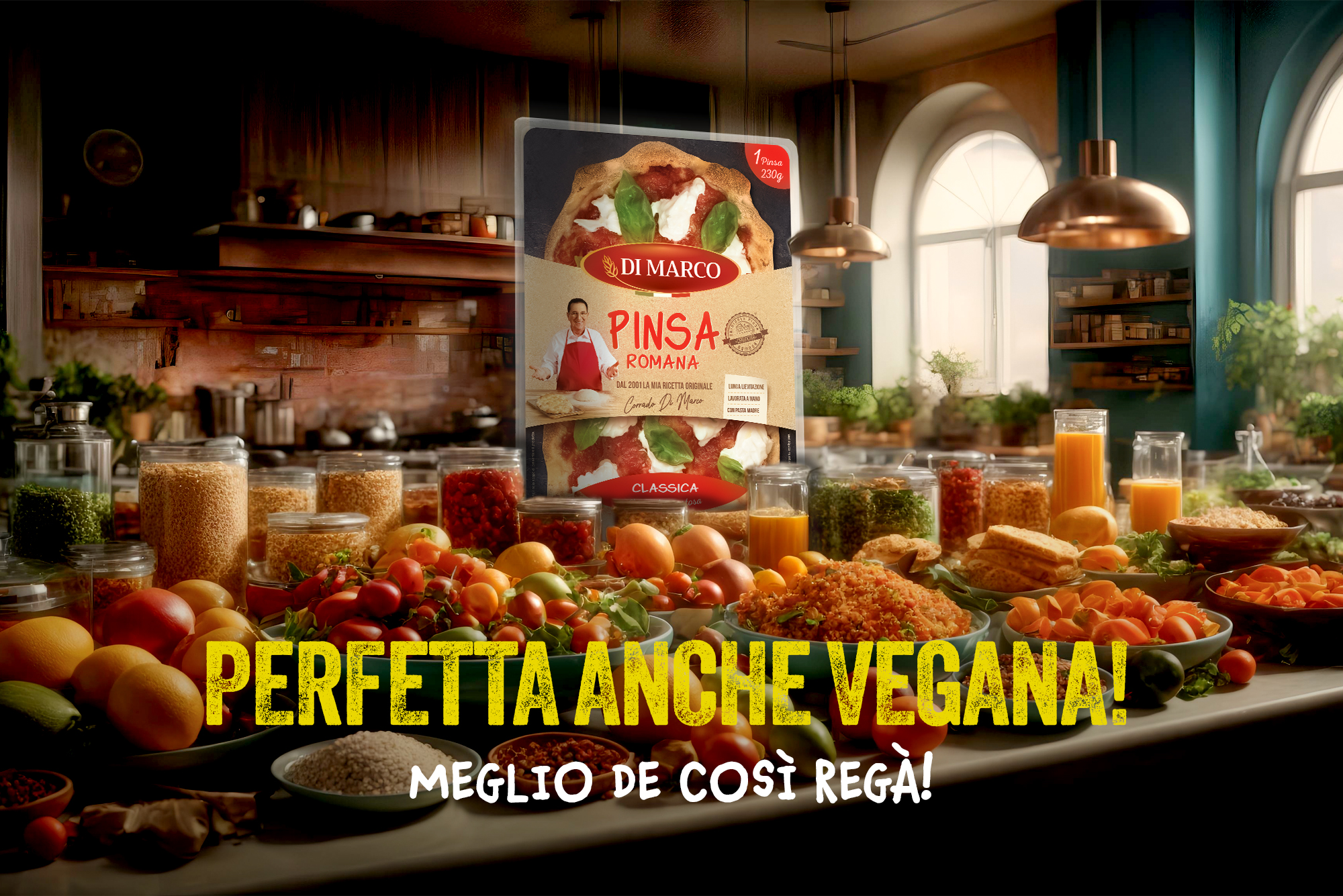Digestibility is a concept we all have to deal with. When we choose a light snack for lunch, when we avoid fried food at a happy hour or a high-fat dessert, we do it (also) for digestibility. Because nobody likes that feeling of heaviness that lingers, or that digestive difficulty that leads us to drink more than usual, to take natural remedies or actual medicines.
It is for this reason that we insist on the concept of digestibility of pinsa, as we are convinced that, besides differentiating it from other baked goods, there are not many foods that can perfectly mix taste and well-being.
What is digestibility and what does it depend on
As mentioned, everyone is familiar with what digestibility means, at least in practice. To give a more formal definition, we could say that it is the ability of the digestive system to break down and assimilate food efficiently and effectively. It is a fundamental concept, which expresses how easily the body absorbs nutrients from food, without causing discomfort or stress to the digestive system (and therefore to the person).
There is a real science behind the concept of digestibility of food, and the subject can be explored at will. On a superficial level, we can say that digestibility is influenced by many factors, including nutritional content, fibre, and the type of fat and protein in the food. Furthermore, one aspect that should not be underestimated is individual tolerance, as what is easily digestible for one person may not be for another. Here too, as you can guess, there is a science behind it.
Digestibility of pinsa and the role of natural leavening
Let us focus on what we know well: the pinsa. One of the factors that convinced us at the time that we were on the right track was precisely its digestibility, at least in relation to other bakery products.
In 2001, we wanted our product to meet the need for a light and tasty diet that was rising in those very years. That’s why we created the flour mix that is the hallmark of pinsa romana, and again for this reason we made changes in the dough to make it more digestible. Also because digestibility means it can be eaten at many times and occasions: as a full meal, but also as an appetizer, a sweet snack and, why not, even at breakfast. But what does pinsa’s digestibility depend on? On many factors, but in this case we want to focus on the leavening. The secret of Corrado Di Marco’s pinsa is the use of a special mix of flours, high hydration and an ancient technique of natural leavening for 72 hours.
The natural leavening technique, which involves the use of sourdough starter, offers several advantages over common brewer’s yeast and is mainly used in craft products. The benefit of brewer’s yeast is the speed of leavening, which is why it is so successful around the world, while natural leavening offers benefits such as reduced toxin and allergen content, a lower glycaemic index and increased diversity of proteins, peptides and free amino acids. There is a positive effect on digestibility: if eaten in adequate quantities and with the right ingredients, pinsa Di Marco can produce a satisfying sensation of satiety but avoid that sense of ‘weight’ that our body signals when it is overloaded.
So put us to the test, even at breakfast
Let us return to a concept we have already expressed, because it is actually a good way to demonstrate the digestibility of our product.
Have you ever thought of enjoying pinsa for breakfast? In Italy, where breakfast is traditionally associated with sweet food, we are certain that pinsa can be an excellent option. Obviously, one has to be careful about portions and ingredients, but starting the day with a pinsa with seasonal fruits, maybe a layer of light jam or apple slices and cinnamon can give you energy without excess, put you in a good mood and, of course, without affecting productivity.
All you have to do is try it. And enjoy.










